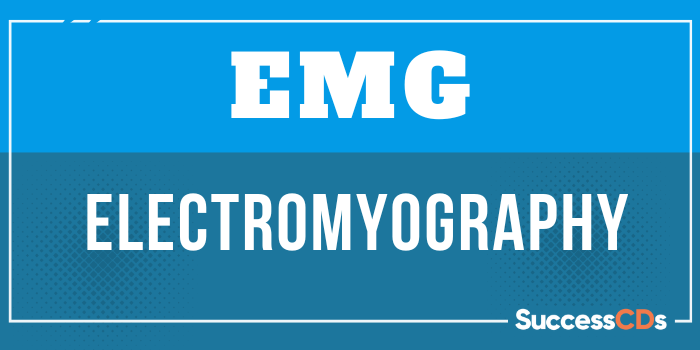
The Full form of EMG is Electromyography. EMG is a diagnostic procedure to assess the health of muscles and the nerve cells that control them (motor neurons). EMG results can reveal muscle dysfunction, nerve dysfunction, or problems with nerve-to-muscle signal transmission. Motor neurons transmit electrical signals that cause muscles to contract. An Electromyography uses electrodes (tiny devices) to translate these signals into sounds, graphs or numerical values that are then interpreted by a specialist. During a needle EMG, a needle electrode inserted directly into a muscle records the electrical activity in that muscle. The doctor may order an EMG if the patient have signs or symptoms that may indicate a muscle or nerve disorder. Such symptoms may include tingling, numbness, muscle weakness, muscle pain or cramping or certain types of limb pain. EMG results are often necessary to help diagnose a number of conditions such as muscle disorders, such as polymyositis or muscular dystrophy, diseases affecting the connection between the muscle and the nerve, such as myasthenia gravis, disorders of nerves outside peripheral nerves (the spinal cord), such as peripheral neuropathies or carpal tunnel syndrome, or disorders that affect the motor neurons in the spinal cord or brain, such as polio or amyotrophic lateral sclerosis.